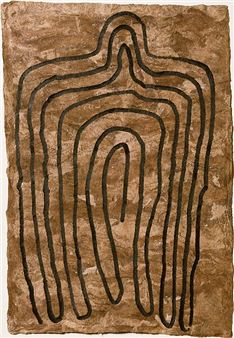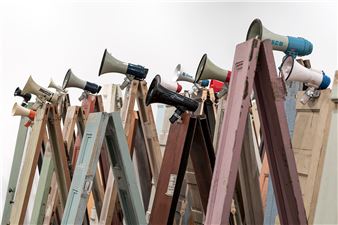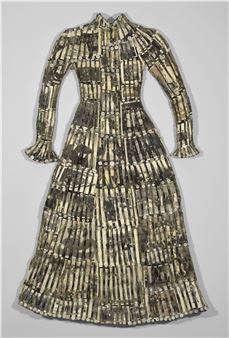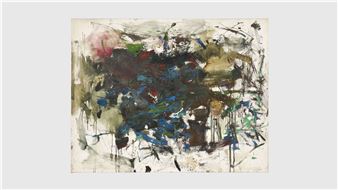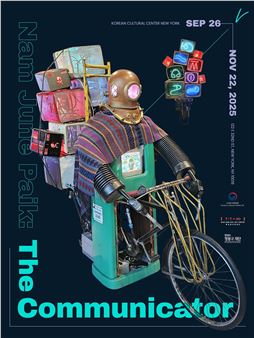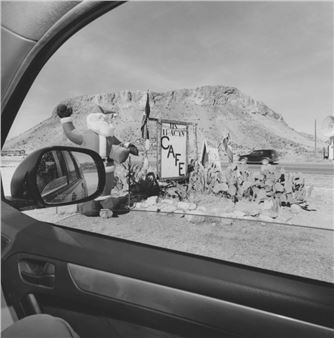Power to the People: The Black Panthers in Photographs by Stephen Shames and Graphics by Emory Douglas
It is an in-depth chronicle of the controversial and revolutionary organization — presented at a time when the nation is once again engaged in struggles against racial injustice. The exhibition features over 50 black and white photographs of the Panthers by Stephen Shames, more than half of which are previously unseen. Also on view in the exhibition are 60 vintage copies of The Black Panther, the official Party newspaper with front and back cover graphics by Emory Douglas. Captions to the photographs are provided by Panther founder Bobby Seale and other Panther leaders including Kathleen Cleaver, Ericka Huggins, Emory Douglas, and Jamal Joseph, culled from interviews conducted by Shames and Seale. The exhibition launches the publication of Power to the People: The World of the Black Panthers by Stephen Shames and Bobby Seale, published by Abrams, 256 pages, with over 200 photographs by Stephen Shames. A testament to the enduring legacy of the Black Panther Party, this exhibition offers a window into the radical political party that stood above others in the struggle for civil rights.
Admired, reviled, emulated, misunderstood, the Black Panther Party was one of the most creative and influential responses to racism and economic inequality in American history. Founded in October 1966 by Huey Newton and Bobby Seale, the Panthers preached the right of black people to self-determination, which included the right to self-defense. They advocated armed self-defense to counter police brutality, and initiated a program of patrolling the police with shotguns — and law books. The Black Panther Party sought to build a community through service to the people. The Panthers initiated more than 50 community survival programs including Free Breakfast for School Children, Free Medical Clinics, Free Food, Clothing, and Legal Aid programs, sickle cell screening, an award winning charter school. The Panthers electrified a generation of black youth and would become emblematic of the Black Power and anti-imperialist movements that shaped the tumultuous years of the late 1960s and early ’70s. The Panthers embraced the ideals of gender equality and gay liberation and sought to forge alliances with women’s rights and gay rights organizations.
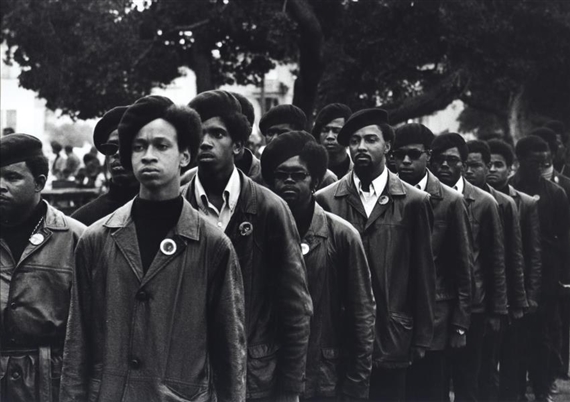
Recommended for you
It is an in-depth chronicle of the controversial and revolutionary organization — presented at a time when the nation is once again engaged in struggles against racial injustice. The exhibition features over 50 black and white photographs of the Panthers by Stephen Shames, more than half of which are previously unseen. Also on view in the exhibition are 60 vintage copies of The Black Panther, the official Party newspaper with front and back cover graphics by Emory Douglas. Captions to the photographs are provided by Panther founder Bobby Seale and other Panther leaders including Kathleen Cleaver, Ericka Huggins, Emory Douglas, and Jamal Joseph, culled from interviews conducted by Shames and Seale. The exhibition launches the publication of Power to the People: The World of the Black Panthers by Stephen Shames and Bobby Seale, published by Abrams, 256 pages, with over 200 photographs by Stephen Shames. A testament to the enduring legacy of the Black Panther Party, this exhibition offers a window into the radical political party that stood above others in the struggle for civil rights.
Admired, reviled, emulated, misunderstood, the Black Panther Party was one of the most creative and influential responses to racism and economic inequality in American history. Founded in October 1966 by Huey Newton and Bobby Seale, the Panthers preached the right of black people to self-determination, which included the right to self-defense. They advocated armed self-defense to counter police brutality, and initiated a program of patrolling the police with shotguns — and law books. The Black Panther Party sought to build a community through service to the people. The Panthers initiated more than 50 community survival programs including Free Breakfast for School Children, Free Medical Clinics, Free Food, Clothing, and Legal Aid programs, sickle cell screening, an award winning charter school. The Panthers electrified a generation of black youth and would become emblematic of the Black Power and anti-imperialist movements that shaped the tumultuous years of the late 1960s and early ’70s. The Panthers embraced the ideals of gender equality and gay liberation and sought to forge alliances with women’s rights and gay rights organizations.
Artists on show
Contact details


 ARTISTS
ARTISTS







